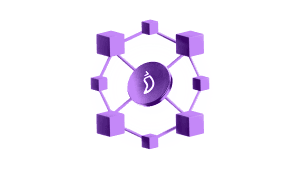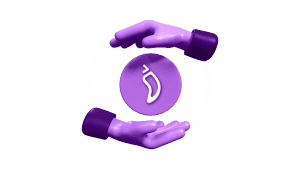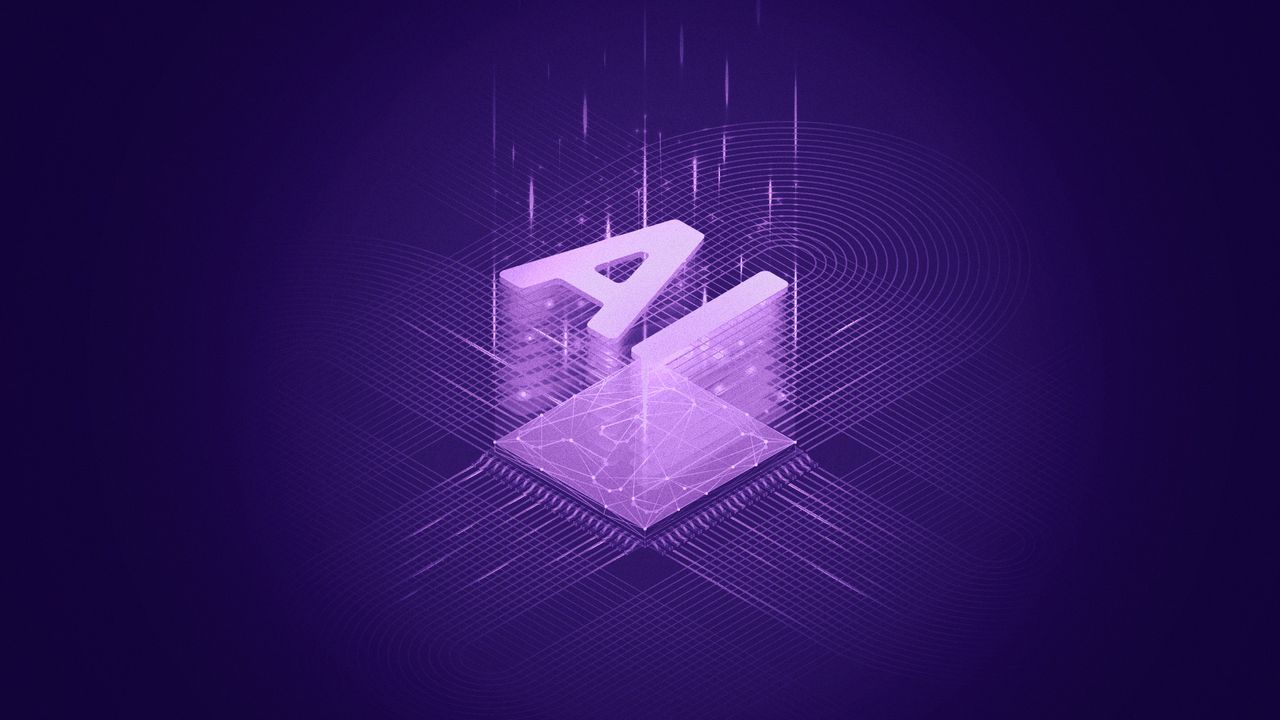What if machines could think and act without needing a central authority? That’s the big idea behind combining artificial intelligence (AI) with blockchain. One brings smart decision-making. The other brings trust, transparency, and control.
Together, they open up new ways to manage data, run systems, and solve real-world problems — all without middlemen. From smarter contracts to automated supply chains, this mix is already starting to reshape how we use technology.
Let’s look at what happens when intelligence meets decentralization, and why it matters for the future of Web3.
Why AI and Blockchain Are Often Seen as Opposites
AI and blockchain seem like they don’t mix. AI depends on huge amounts of data, works in centralized systems, and makes predictions we can’t always explain. This is called AI model opacity — even the people who build these models don’t always know how they make decisions.
On the other hand, blockchain is all about decentralized intelligence. It’s open, rule-based, and every action can be traced. No hidden steps. Just clear, recorded outcomes on a public chain.
But these differences don’t clash — they complement each other. AI brings smart thinking. Blockchain adds a trust layer that keeps things honest, fair, and trackable. When combined, they can balance power, improve decisions, and build systems people can trust.
How Blockchain Can Make AI More Transparent and Trustworthy
AI can feel like a mystery. It makes decisions, but most people don’t know how or why. This is often called “black box AI.” Blockchain can help change that.
With auditable training data, developers can prove what data was used to train a model. Platforms like Ocean Protocol make it possible to share and verify data on-chain, helping build trust from the ground up.
Provenance tracking for datasets shows where data came from and how it’s been used. This is useful for spotting bias, catching tampered files, or avoiding copyright issues — especially in sensitive fields like health or finance.
On-chain logging of AI decision processes means that each step of an AI’s action can be recorded in a public ledger. Projects like Fetch.ai and SingularityNET aim to combine AI and blockchain to support this kind of visibility.
These tools add algorithmic transparency, data integrity, and decentralized auditability. Instead of trusting one company or platform, users can check the process themselves. That makes AI not just smarter — but fairer and easier to trust.
How AI Can Improve Blockchain Utility and User Experiences
AI can make blockchain easier to use. It brings smart features that help users get more from their wallets, apps, and platforms.
With smart automation, AI can guide users through complex tasks like setting up wallets, using marketplaces, or voting in DAOs. This removes confusion and saves time.
In token-based platforms, AI can help with fraud detection and content moderation. It can spot strange behavior, fake activity, or harmful content faster than a human could.
AI can also add personalization to fan platforms and NFT apps. It can suggest content, rare drops, or fan perks based on what each person likes. This is called user segmentation, and it helps people feel more connected.
We may also see automated agents and AI-enhanced smart contracts that can act on behalf of users — placing bids, managing assets, or helping with trades.
Together, these tools make blockchain smarter, safer, and more personal — without losing its core values of fairness and control.
Real-World Examples of AI and Blockchain Working Together
AI and blockchain are already working side by side in real projects — not just ideas.
On Ethereum, smart contracts can connect with AI tools to make better choices. For example, some DeFi platforms use AI to help adjust loan terms or detect risky behavior.
Ocean Protocol runs a decentralized data marketplace where people can share and trade data safely. AI developers use this data to train models, while blockchain keeps records clear and fair. This gives both data owners and users more control.
Fetch.ai is building automated agents that work on blockchain. These agents can book hotels, manage energy use, or help with supply chain tasks — all while acting in the user’s interest.
In supply chain tracking, combining AI with blockchain can help spot delays, predict shortages, and verify product origins. Everything is recorded openly, and AI helps make sense of it.
Some DAOs are also testing AI-based governance tools. These tools suggest proposals or help members vote smarter by breaking down complex data.
These examples show how AI and blockchain can solve real problems — not just in tech, but in daily systems that affect people and businesses.
AI x Blockchain in Sports and Entertainment – What Could Be Next?
The future of sports and entertainment may be shaped by smart tech and digital trust. AI personalization for fans could match content, offers, or messages to each fan with all actions and rewards verified on-chain.
Imagine AI predicting what fans want and triggering automated rewards, like early ticket access or exclusive merch, based on behavior or loyalty points.
Ticketing and loyalty systems could also use predictive analytics to spot trends and give rewards before fans even ask. This helps build long-term connections.
We may also see smart curation of content or perks. Based on tokenized interactions, fans who hold specific tokens could get tailored match highlights, behind-the-scenes clips, or special meetups, all sorted by AI, recorded by blockchain.
Chiliz Chain could support this kind of future with a modular or composable architecture, where fan platforms plug in new AI tools without starting from scratch. This makes it easier to test and grow fan experiences, while keeping trust and transparency at the core.
Final Thoughts – Building Smarter, Fairer Systems with AI x Blockchain
AI brings smart thinking. Blockchain brings clear rules and trust. Together, they can build systems that are verifiable, user-centric, and more resilient.
This mix can help solve real problems — from fair rewards in fan communities to safer data use in apps. It gives users more control while still allowing systems to learn and improve.
The AI x Blockchain space is still early. But its promise is real, especially for Web3 and digital communities that value both innovation and fairness.











